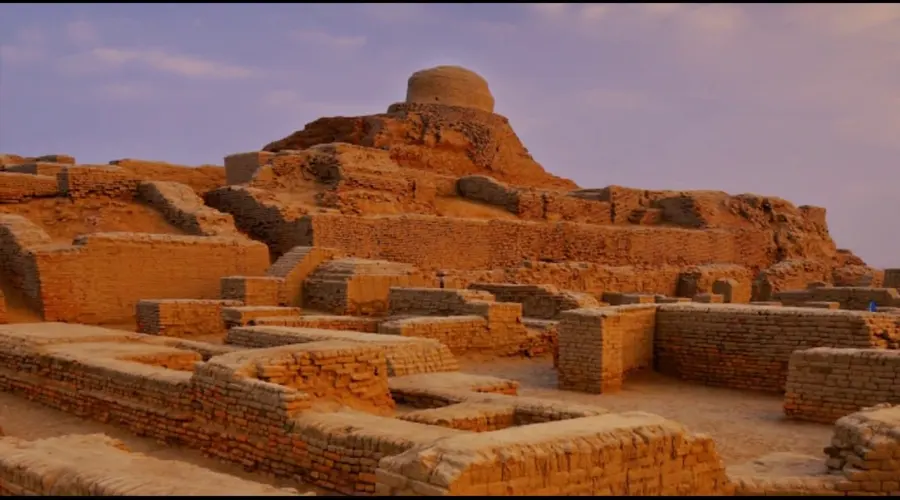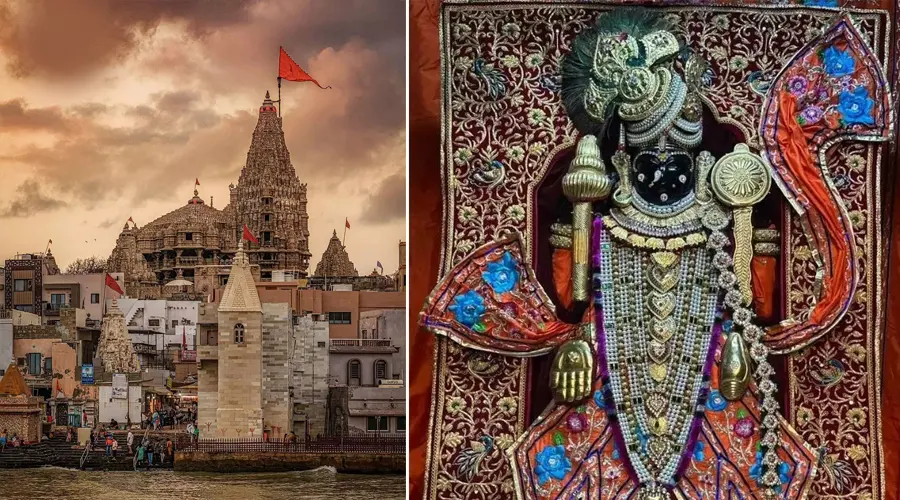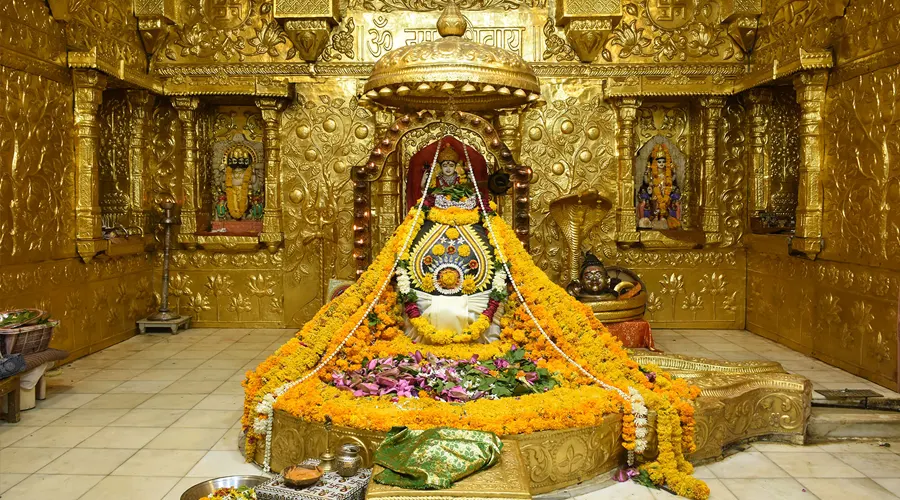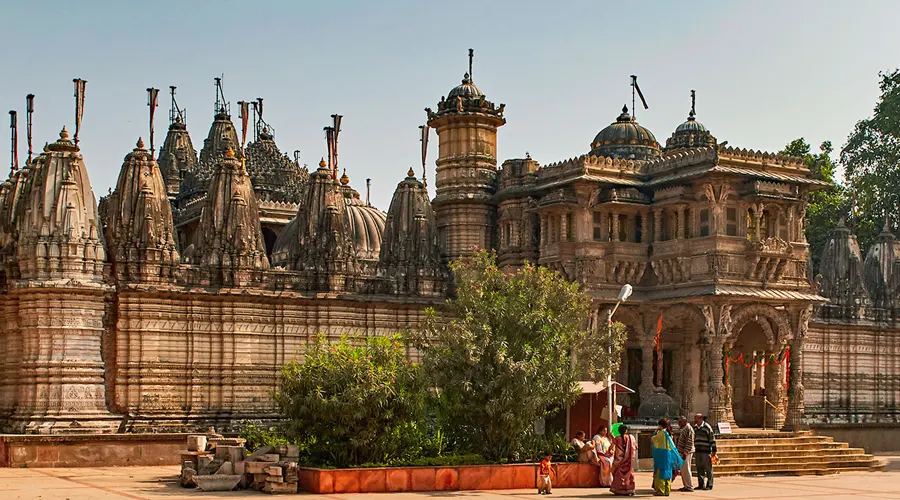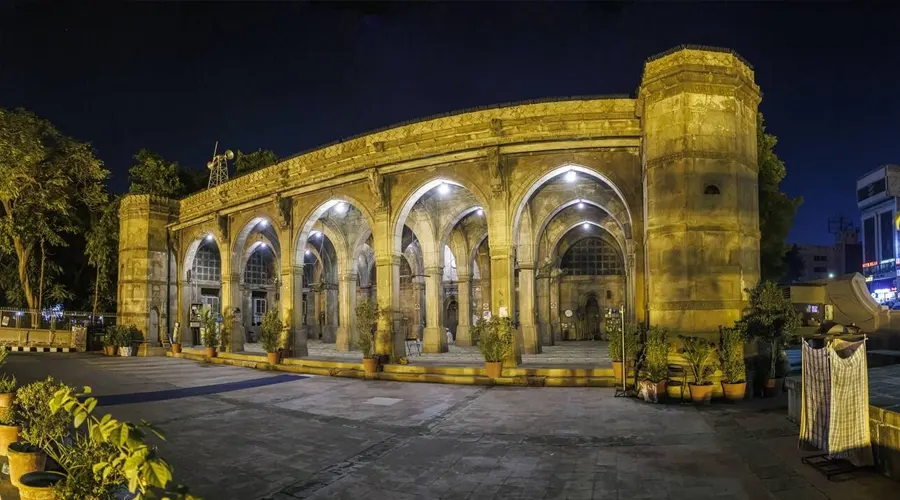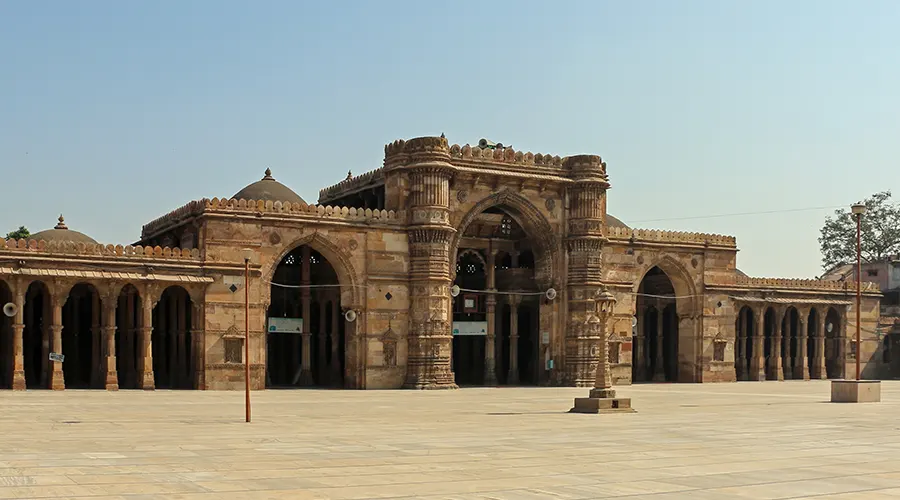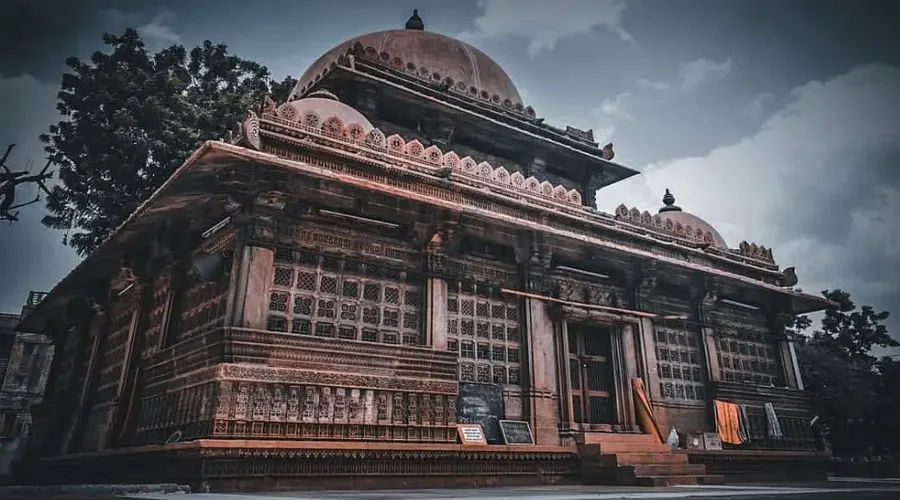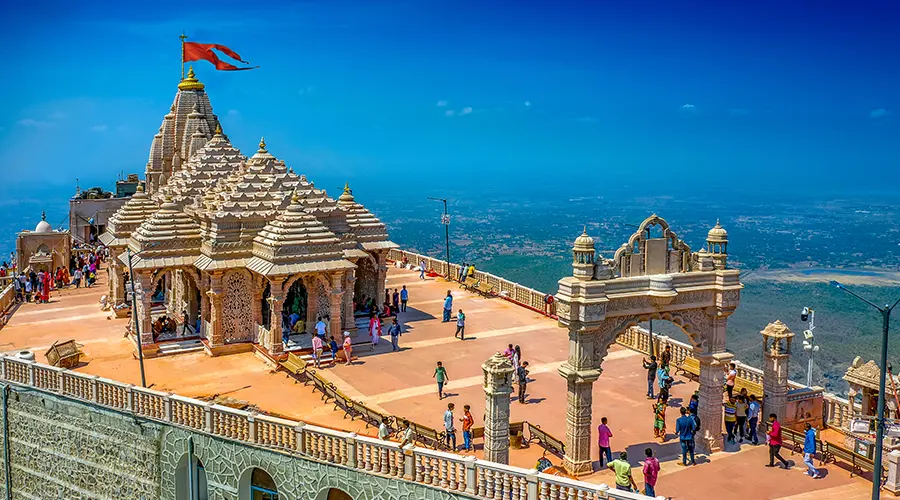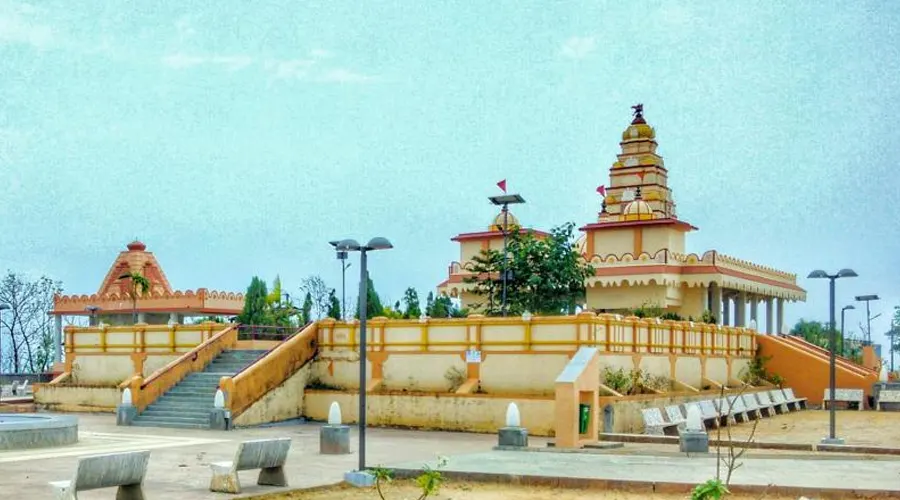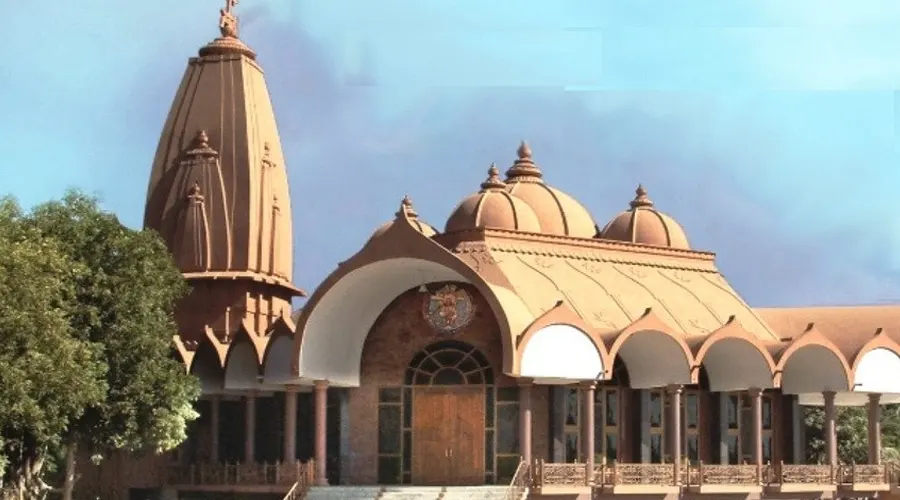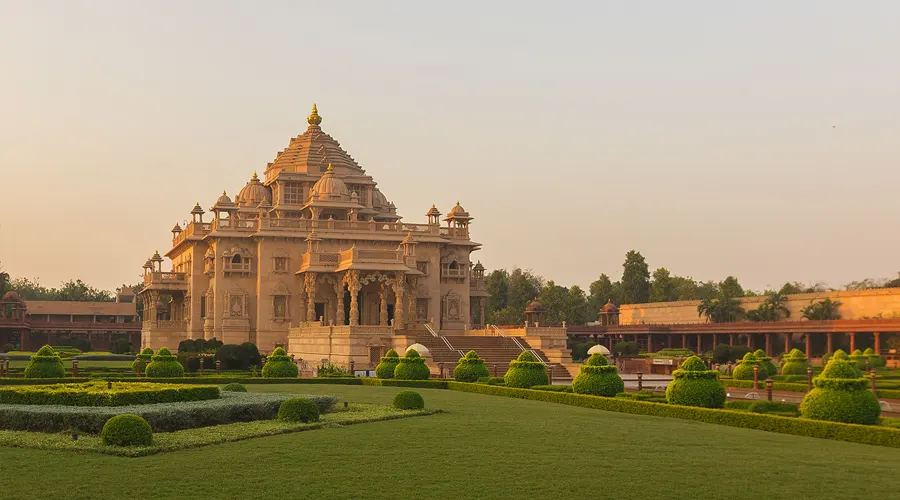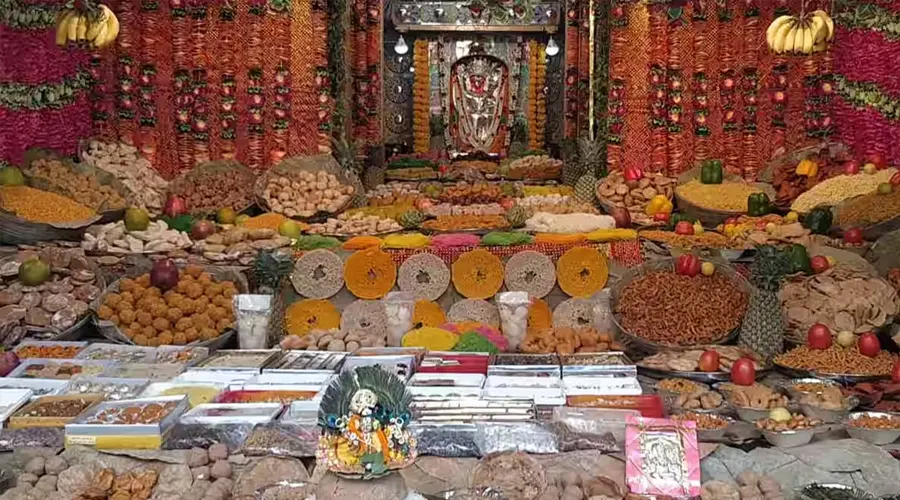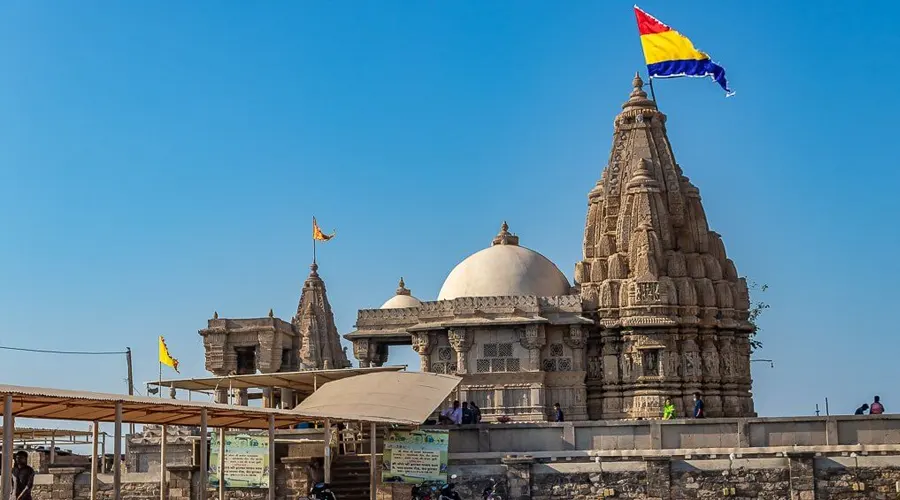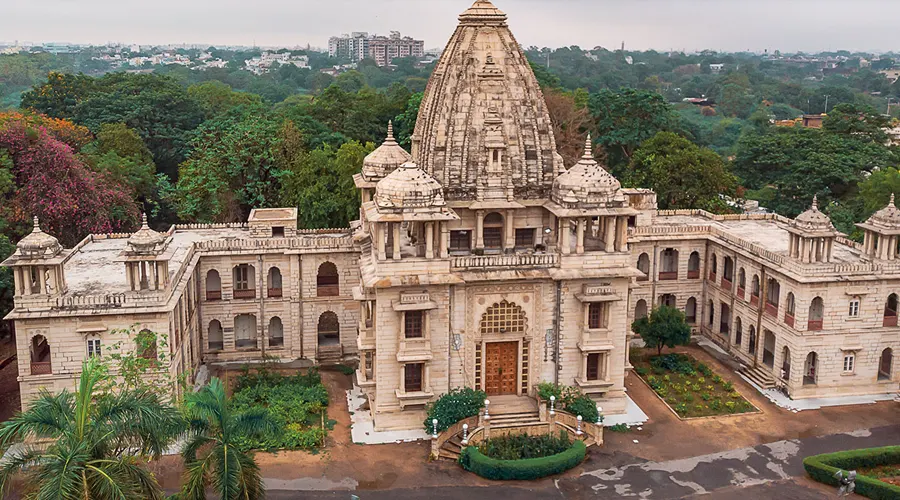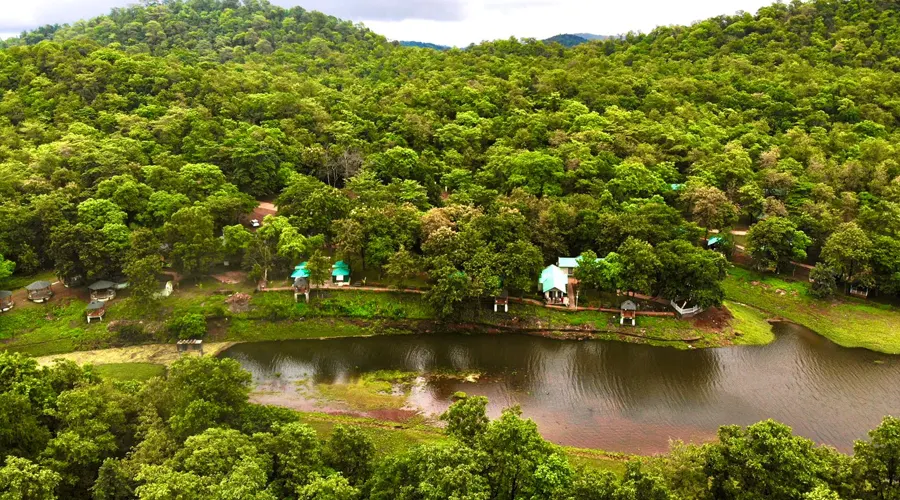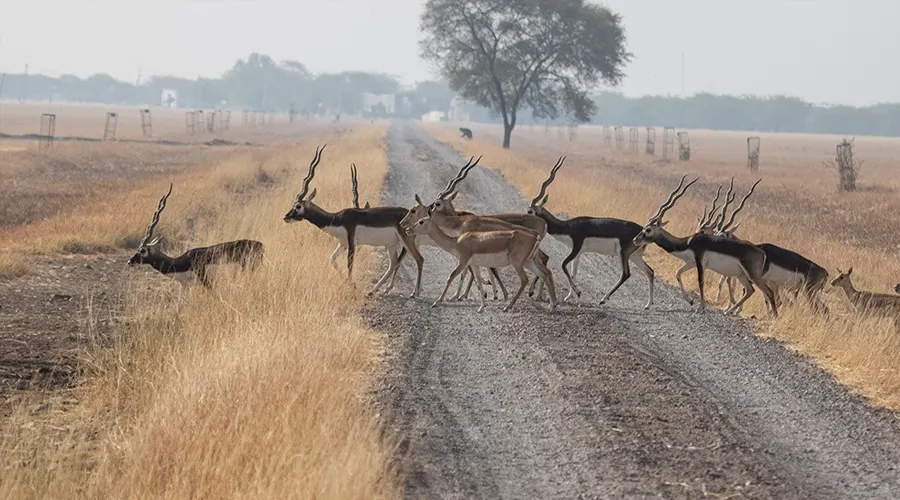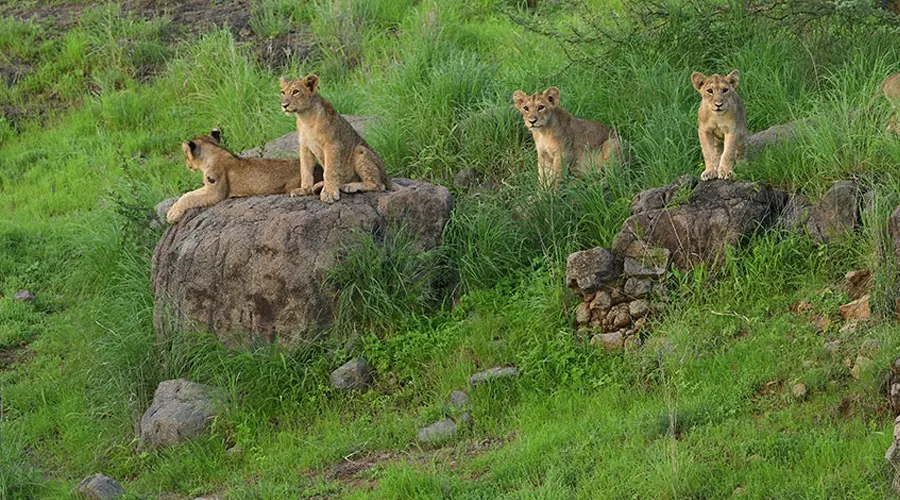Lothal
About 80km southwest of Ahmedabad, the city that stood at this archaeological site 4500 years ago was one of the most important of the Indus Valley civilization, which extended into what is now Pakistan. Excavations have revealed the world’s oldest known artificial dock, which was connected to an old course of the Sabarmati River. Other features include the acropolis, the lower town, the bead factory, the warehouses, and the drainage system.
The site has been nominated to be enlisted as a UNESCO World Heritage Site. The traveler can see fascinating finds by archeologists like canals and dockyards that explain how this was an important trading city. Artifacts suggest that trade may have been conducted with Mesopotamia, Egypt, and Persia.
An entire township with a market and dock has been unearthed here. An Archaeological Museum (10 am–5 pm, Friday closed) near the site houses many artifacts like jewelry, pottery, seals, religious symbols, and objects of daily use.
History of Lothal
Lothal was discovered after India had to give up the sites of Harappa and Mohenjodaro to Pakistan during the partition in 1947. A flourishing and prosperous city during the Harappan era, its culture can be divided into two phases. The remains dating from 2440 to 1900 b.c. are of a mature and thriving Harappan culture while those belonging from 1900 to 1600 b.c. represent the late Harappan culture in its state of decline.
As in the other cities of the Indus Valley Civilization, Lothal also had excellent architecture and town planning. Excavations have revealed a town neatly divided into two parts. The upper part or the acropolis was where the ruler and other important people of the city lived while the lower part was meant for the common folks. The entire city had a scientific drainage system, well laid-out, paved roads, and a bath for every house, some of which were double-storied and built on mud platforms.
The most architecturally sophisticated part of Lothal was its dockyard, which provided berthing facilities for the ships. Constructed from kiln-fired bricks, the dock comprised a basin 214 meters long, 36 meters wide, and 13 meters deep. A 13-meter-wide channel on the northern side was included to facilitate the entry of ships. Near the dock were warehouses for storage of cargo brought in by the ships.
Lothal was an active business center and had business links with Mesopotamia, Egypt, and Persia. Beads made in the city were quite famous and there is evidence of a bead factory in Lothal. Pottery was another flourishing industry. The ruins of a fire altar suggest that the people of Lothal worshipped the fire god along with the sea god.
The unique Harappan system of weights and measures was used in Lothal too. Bricks were in a perfect ratio of 100×50×25, and the decimal system was used for measuring width.
Architecture of Lothal
The most architecturally sophisticated part of Lothal was its dockyard, which provided berthing facilities for the ships. Constructed from kiln-fired bricks, the dock comprised a basin 214 m long, 36 m wide, and 13 m deep. A 13 m wide channel on the northern side was included to facilitate the entry of ships.
Near the dock were warehouses for storage of cargo brought in by the ships. Lothal has enjoyed the status of being the leading center of trade in the bygone times. It was actively involved in the trade of beads, gems, and expensive ornaments that were exported to West Asia and Africa. Pottery was another flourishing industry. The ruins of a fire altar suggest that the people of Lothal worshipped the fire god along with the sea god.
The Archaeological Survey of India (ASI) set up an excellent museum in 1976 here, where one can take a look at the various Indus-era antiquities. The Museum has three galleries, a detailed map, and a scaled model of Lothal.
The museum houses the objects found at the sites like mirrors of bronze and copper, perforated and painted potteries, toy bullock carts, beads, jewelry, and a variety of objects made from stone, chert, shell, and bone. The museum also displays seals from Bahrain, terracotta figures from Sumeria, and objects from Egypt.

